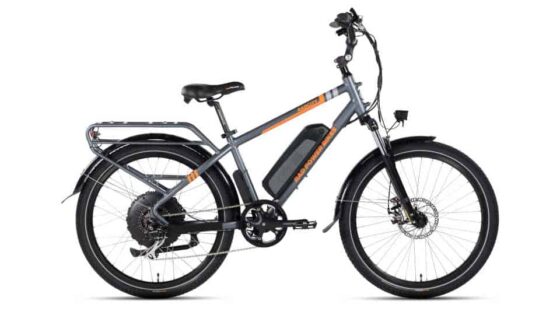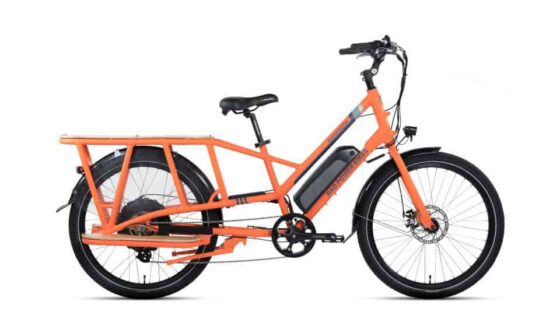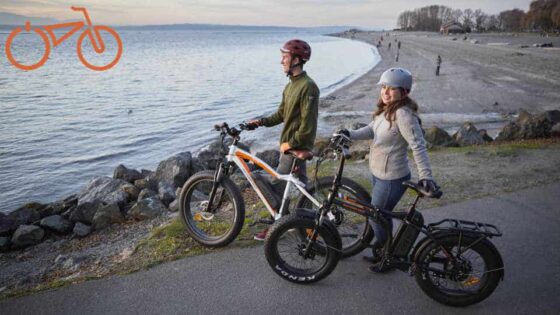Electric bikes or e-bikes, at their most basic level, are bicycles with a battery-powered “assist” coming from an electric motor attached to the frame. This guide aims to help you understand the fundamental aspects of this fascinating form of transport.
Table of Contents
What is an Electric Bike?

An electric bike is a bicycle equipped with an integrated electric motor which can offer propulsion during cycling. Electric bikes have been around in various forms since the late 19th century, but recent advancements in electric motor and battery technology have given rise to new, more capable types of e-bikes.
The Anatomy of an Electric Bike
An electric bike functions on a number of key components, all of which work in harmony to provide the rider with a smooth and easy ride. Here is a brief explanation of each part:
Motor
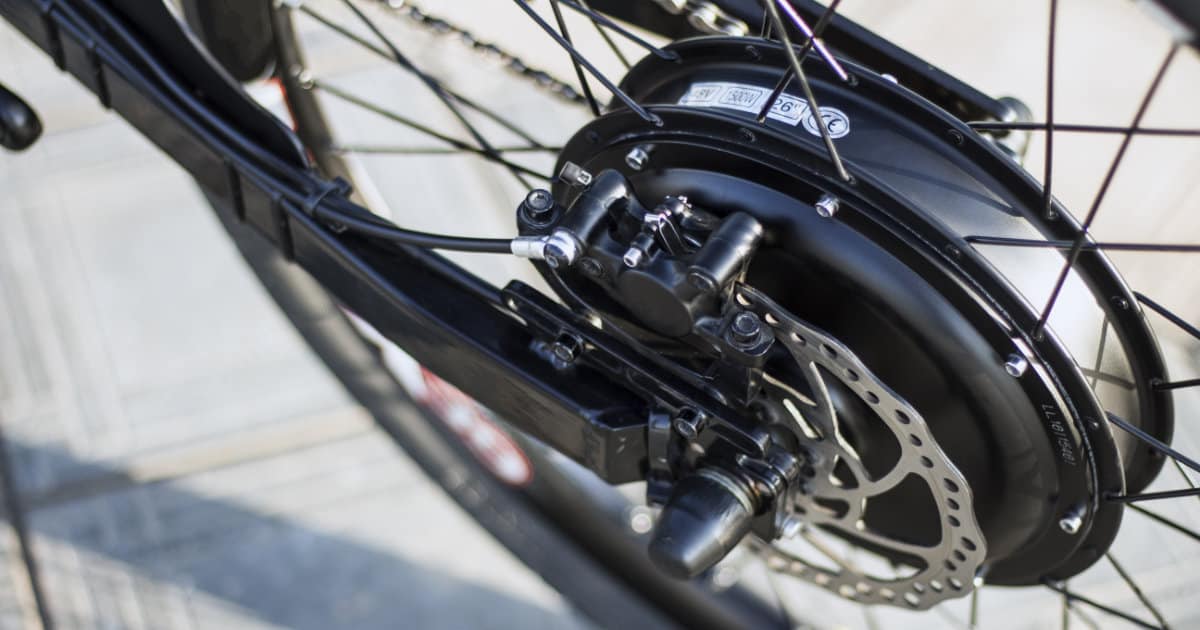
The component that differentiates an e-bike from a regular bike, the motor provides the power to assist your pedaling or to fully drive the cycle. Motors are generally found in the hub of either the front or rear wheel, or in the center of the bike attached to the pedal area (known as a mid-drive motor).
Battery
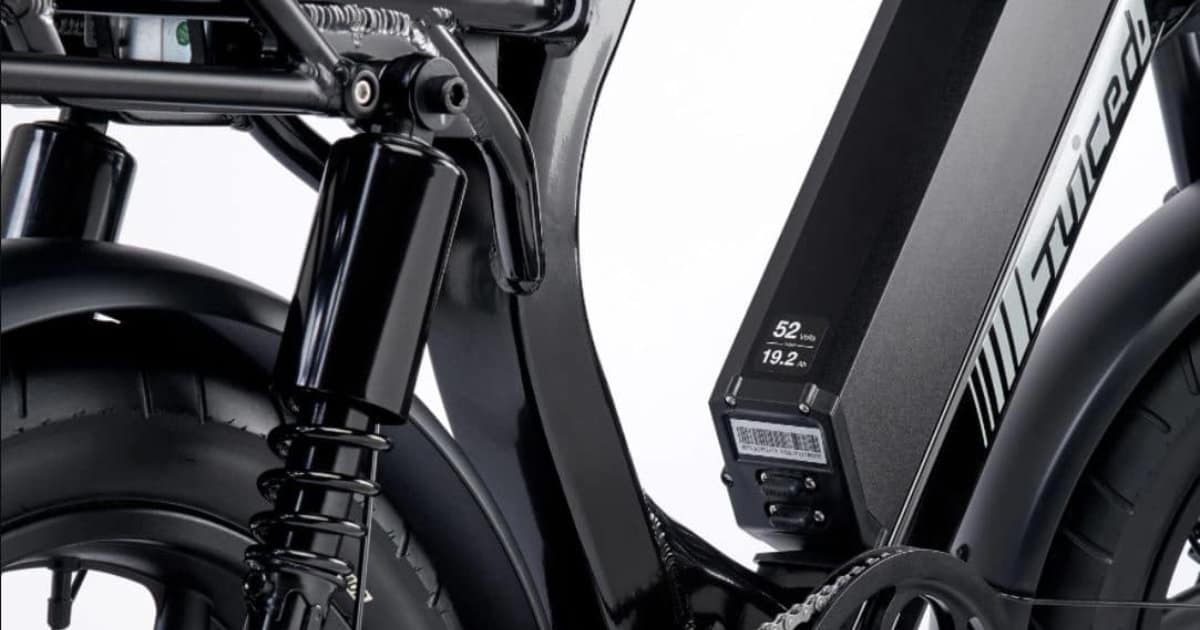
As the energy source of the e-bike, the battery supplies the electric power to the motor. The size and capacity of the battery will largely determine how far you can ride on a single charge.
Controller

This electronic unit connects the motor and battery, managing the power flow from the battery to the motor. It also houses the controls for turning the motor on or off, selecting the level of assist, and displaying battery level.
Pedal-Assist Mechanism
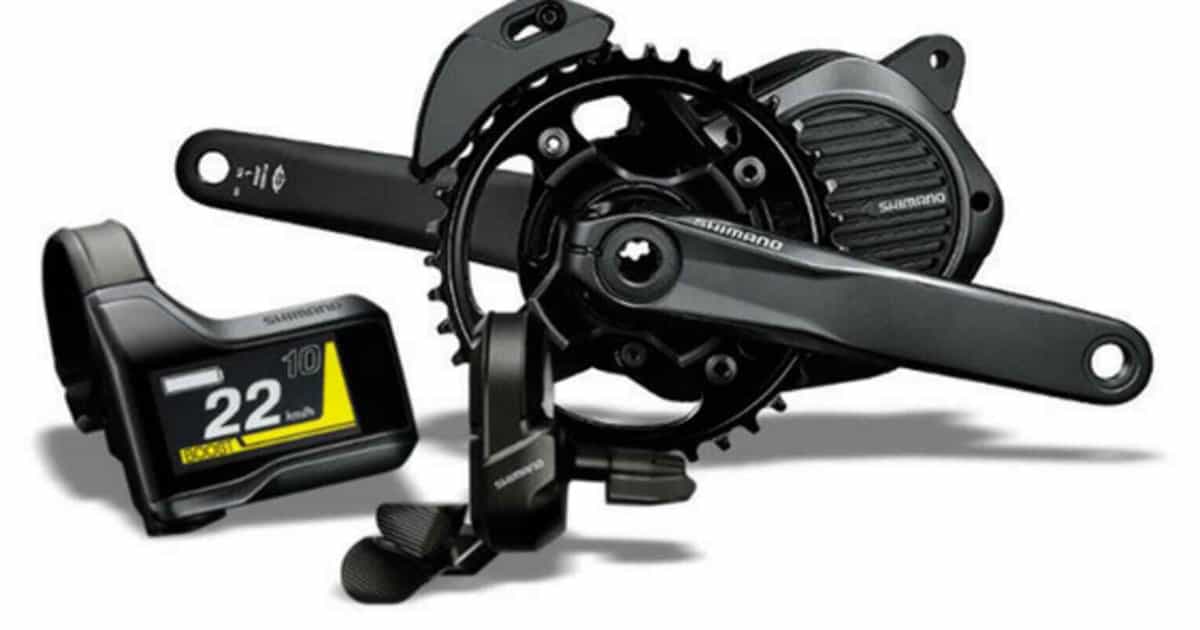
This system detects the amount of force applied to the pedals and signals the motor to provide the appropriate level of assistance. This is why many e-bikes feel intuitive to ride as the assistance is proportional to the rider’s effort.
Advantages and Disadvantages of Electric Bikes
Electric bikes offer an array of advantages, along with some potential drawbacks. Let’s explore both sides.
Pros of Electric Bikes

- Ease of Commuting: With an e-bike, long commutes, steep hills, and headwinds become less daunting. The electric assist lets you tackle these challenges with less effort, making cycling more enjoyable and practical for regular commuting or errands.
- Sustainability: E-bikes are a greener alternative to motor vehicles. By choosing to ride an e-bike over driving a car, you’re contributing to reducing carbon emissions, mitigating traffic congestion, and lessening the demand for parking spaces.
- Health Benefits: Riding an e-bike isn’t cheating: research shows that riding an e-bike can still offer significant health benefits. The pedal-assist feature encourages regular cycling and longer distances, resulting in increased physical activity and improved cardiovascular health.
Cons of Electric Bikes
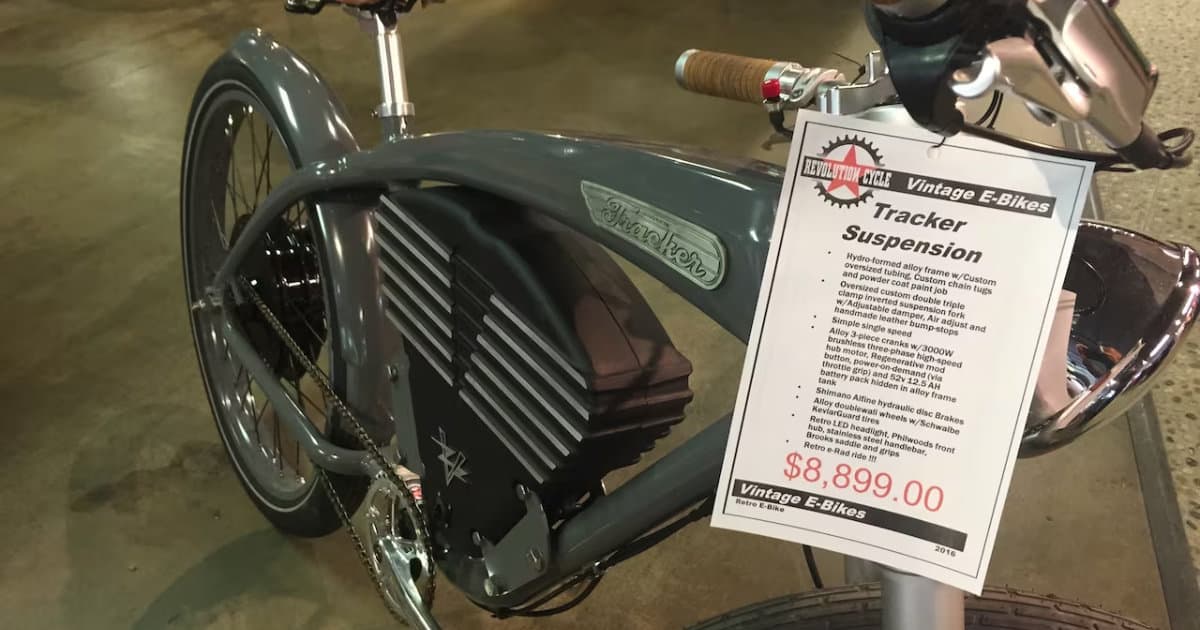
- Higher Initial Cost: The advanced technology and components of e-bikes make them more expensive than their non-electric counterparts. This cost can be a barrier to entry for many potential riders.
- Maintenance and Repair Costs: Just like any other piece of technology, e-bikes need regular maintenance, and parts (especially the battery) can wear out and need replacement.
- Limited Range: While the range of e-bikes is improving, there’s still a limit to how far you can go on a single charge. If you forget to charge the battery or go on a longer trip, you could end up pedaling a heavy bike.
Types of Electric Bikes
E-bikes come in many shapes and sizes, each suited to different types of riding:
Pedal-Assist E-bikes
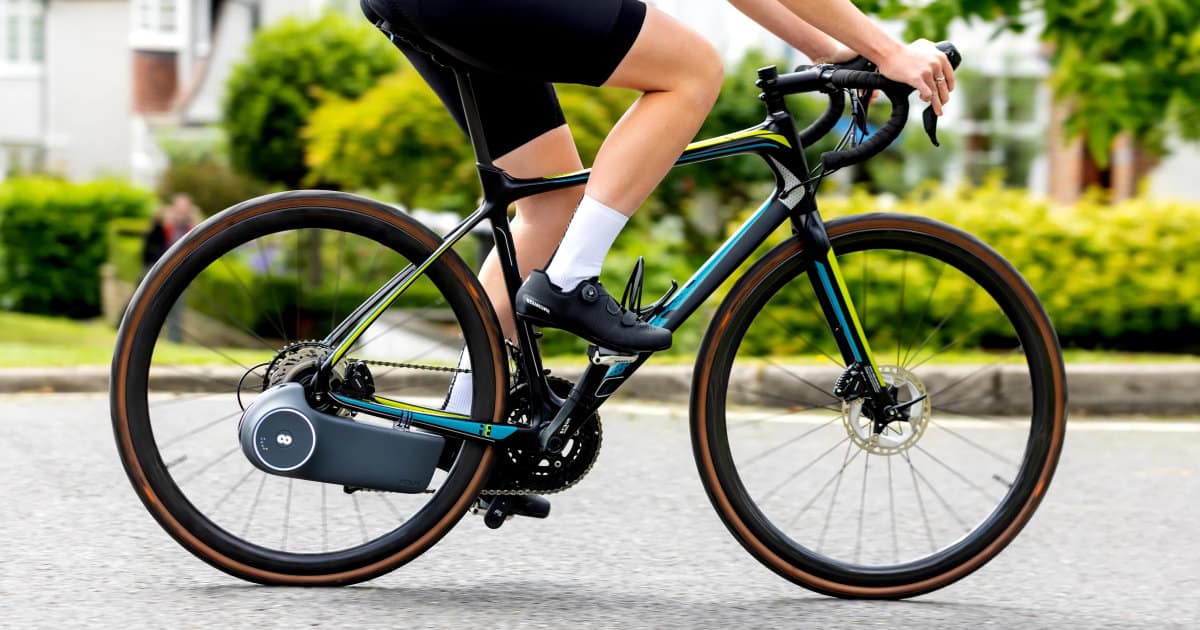
Also known as pedelecs, these e-bikes assist your pedal power. They’re just like regular bikes but with a bit of extra oomph to make your ride easier.
Throttle-on-demand E-bikes
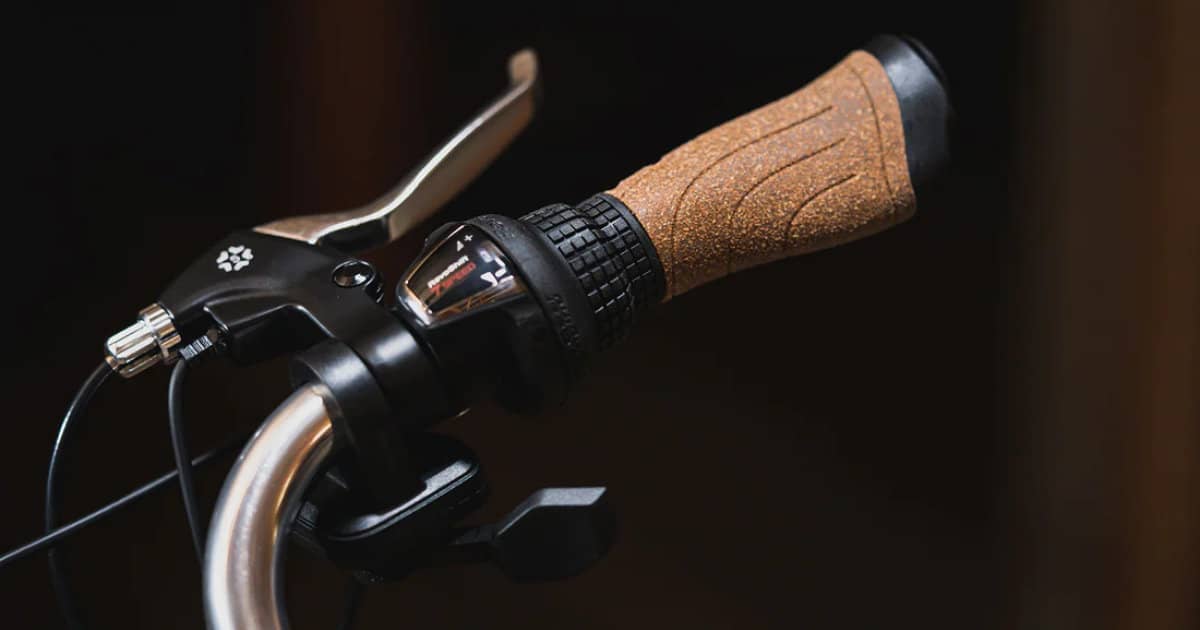
These e-bikes can propel you without any pedaling at all. They’re great for when you’re tired or when you need a quick burst of speed.
Speed Pedelecs
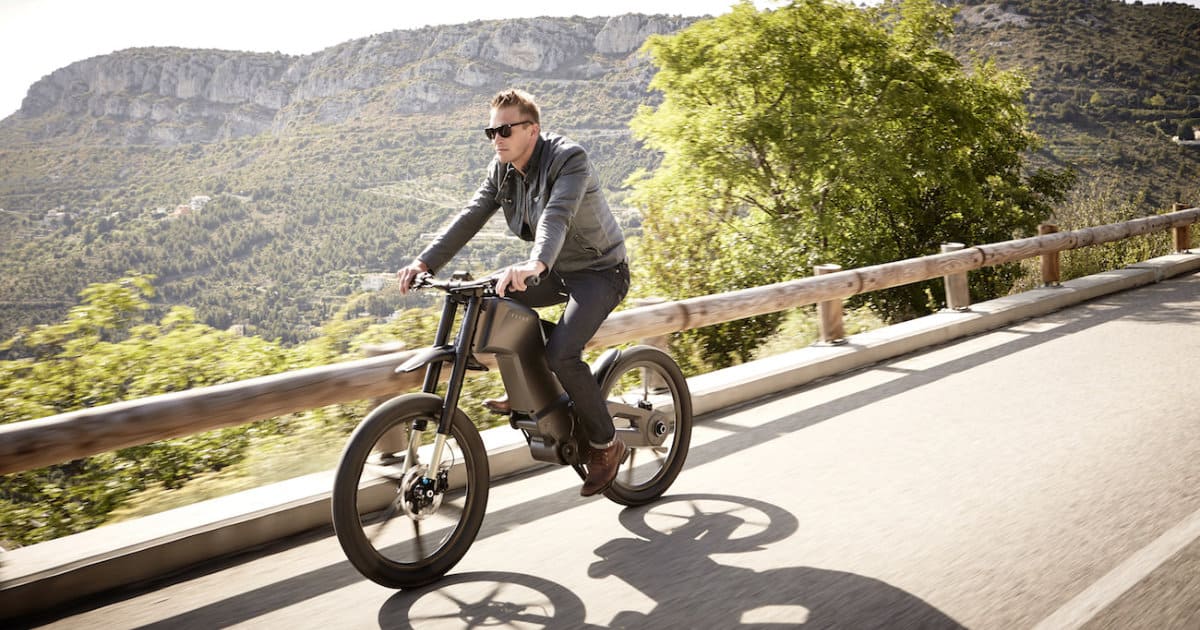
These are high-performance e-bikes that can reach speeds of up to 28 mph, making them a popular choice for fast commuting.
E-Mountain Bikes

These e-bikes are designed for off-road cycling, with sturdy frames, wide tires, and advanced suspension systems. The electric assist helps riders tackle steep and rough terrain.
Buying Guide for Electric Bikes
Purchasing an electric bike isn’t a decision to take lightly. There are a number of factors to consider:
Understanding Your Needs
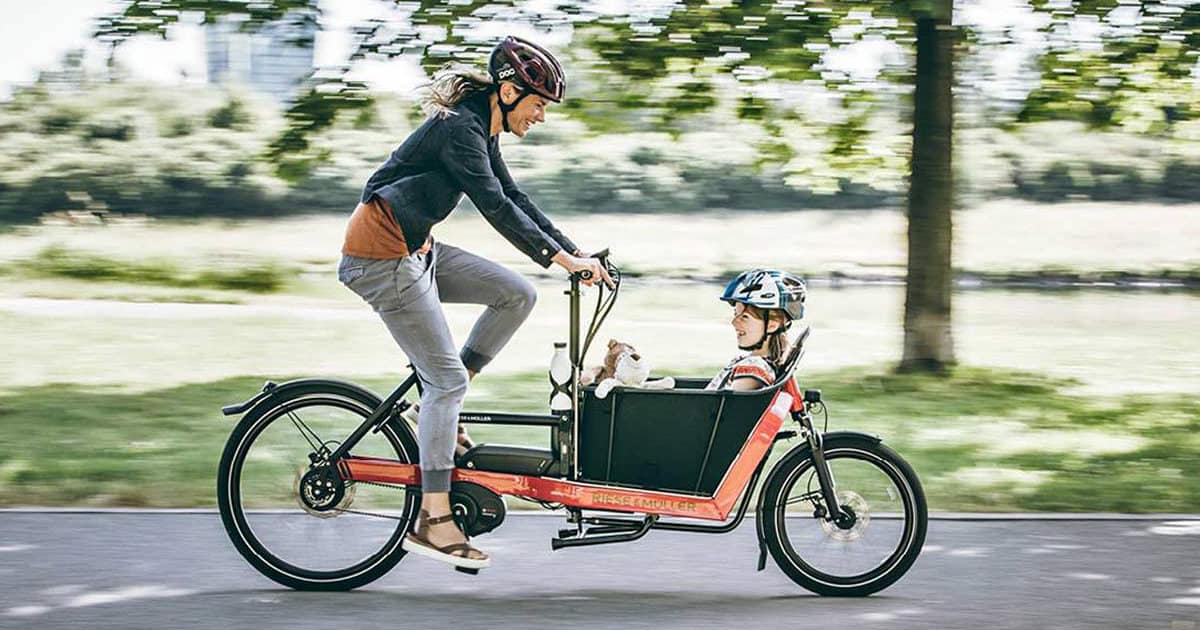
- Budget: Consider not only the initial cost of the bike but also the cost of regular maintenance and potential repairs.
- Commute: Think about the distance and terrain you’ll typically cover. If your commute involves steep hills or long distances, you’ll need an e-bike with a powerful motor and a battery with a high capacity.
- Pedal Assist vs. Throttle: If you want a more active ride, a pedal-assist e-bike could be the right choice. If you want to be able to take a break from pedaling, look for an e-bike with a throttle.
Technical Specifications to Consider
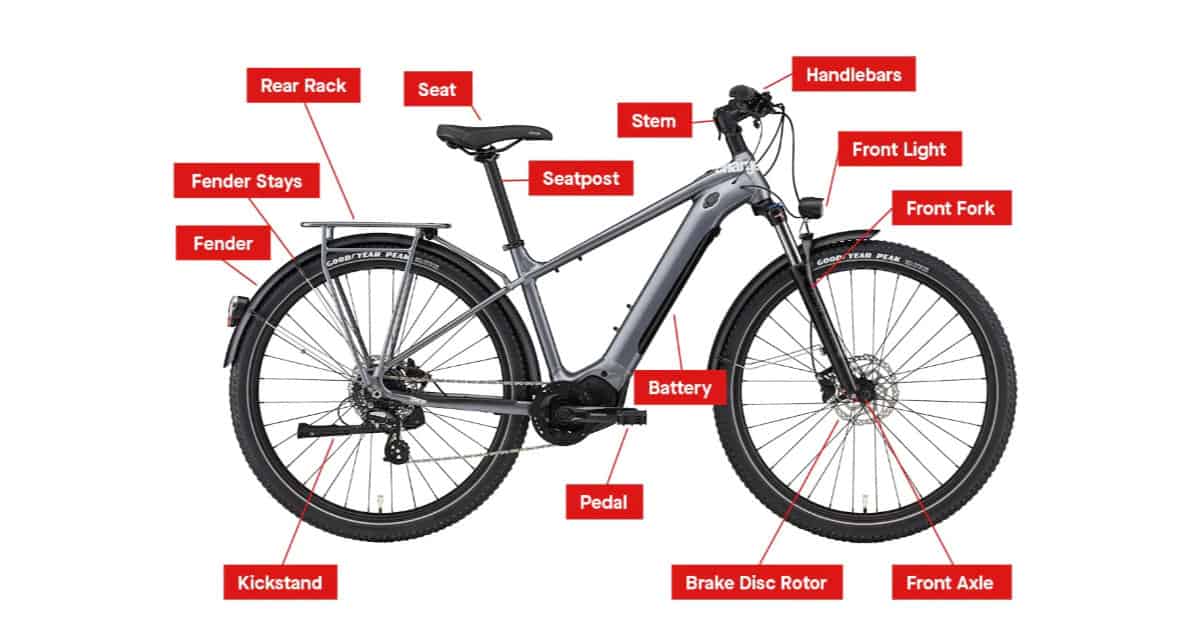
Understanding the technical specifications can help you pick an e-bike that fits your needs:
- Motor: The location and power of the motor can affect the performance of the bike. Mid-drive motors provide better balance and power transfer, while hub motors are often less expensive and more versatile.
- Battery: Battery technology is rapidly advancing, but it’s still important to check the battery’s capacity and range. A bigger battery will provide more power and a longer range.
- Frame: Consider the frame material (steel, aluminum, carbon fiber), design (step-through, high-step), and size (ensure it fits your body correctly).
- Brakes: Most e-bikes now come with disc brakes, which provide more consistent braking in all conditions. However, rim brakes are typically easier to inspect and replace.
- Gears: If you’re riding in hilly areas, you’ll want an e-bike with more gears. For flat areas, fewer gears are necessary.
Test Ride
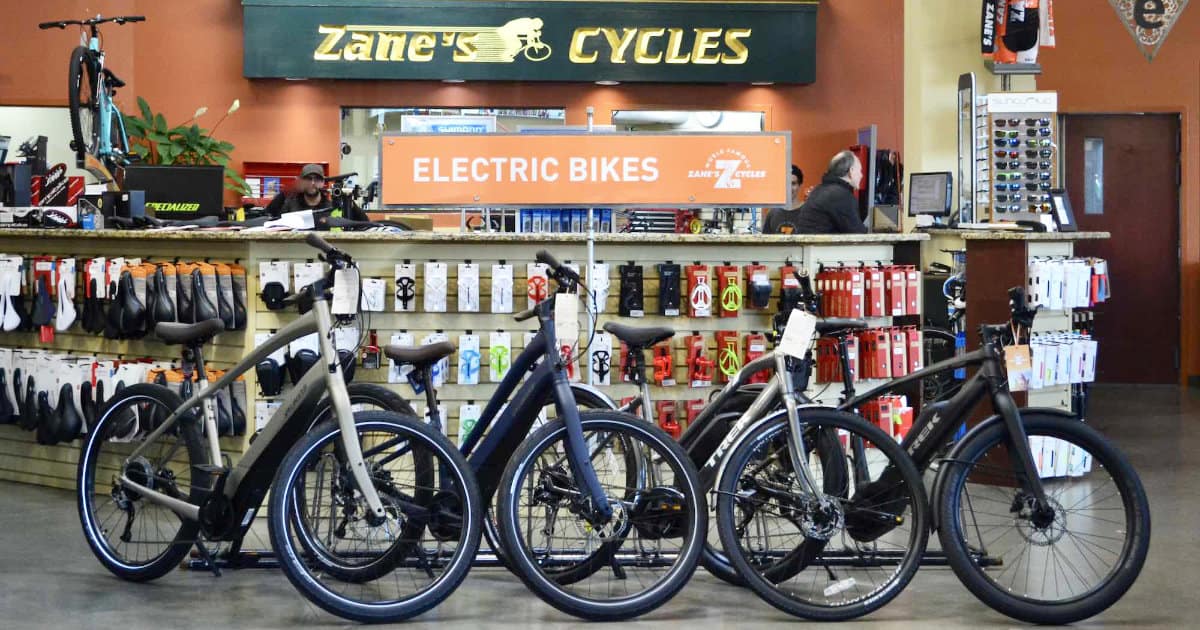
Finally, before you make your purchase, go for a test ride. This is the best way to see if the e-bike feels good and meets your expectations.
Laws and Regulations for Electric Bikes
In many jurisdictions, e-bikes are classified as bicycles rather than mopeds or motorcycles, but there’s a lot of variation. Some areas have restrictions on the maximum power of the motor and require operators to have a license or permit, while others have minimal regulations. Always check the local laws in your area to make sure you’re riding legally.
Safety Measures for Using Electric Bikes
Like any form of transportation, riding an e-bike involves potential risks. However, by taking appropriate safety measures, you can greatly reduce the likelihood of accidents.
Protective Gear

Always wear a helmet when riding an e-bike. It’s not just good sense—it’s also the law in many places. Additionally, consider wearing gloves, eye protection, and sturdy footwear. If you’re riding at night, make sure your e-bike has lights and reflectors to improve visibility.
Road Safety

Understand and follow the rules of the road. Be aware of other road users and communicate your intentions clearly. Be especially cautious at intersections and when making turns.
Maintenance and Care for Electric Bikes
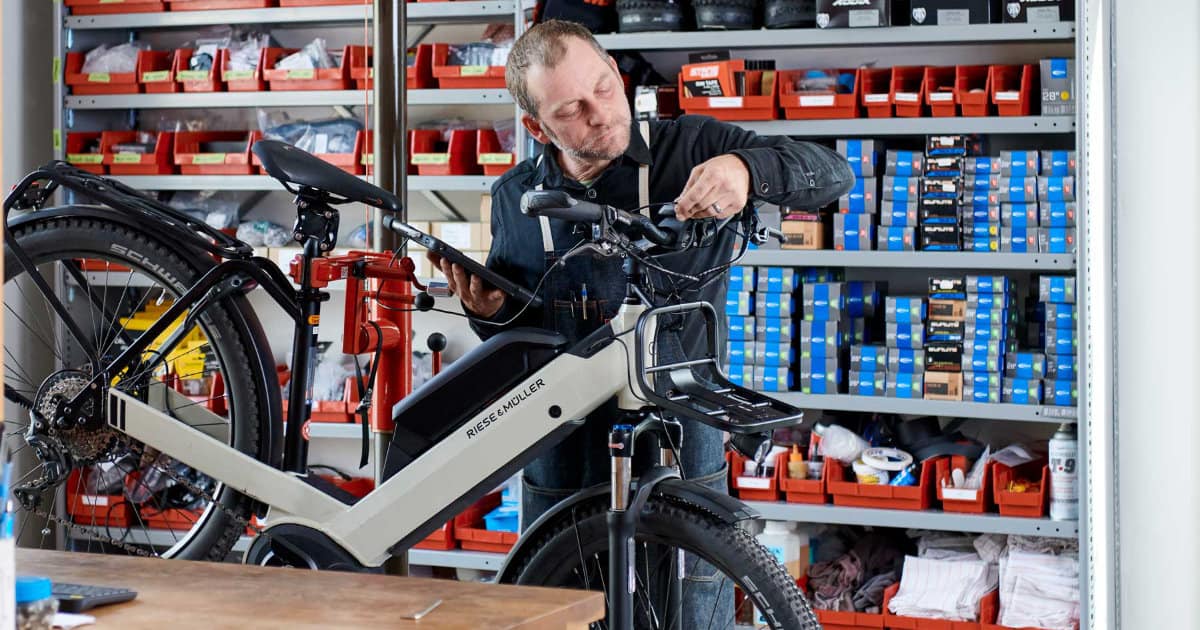
Regular maintenance is key to keeping your e-bike in good running condition and extending its lifespan. This includes checking the tire pressure, inspecting the brakes and lights, and lubricating the chain regularly.
If you’re not comfortable doing this maintenance yourself, consider taking your e-bike to a professional for regular service. It’s also important to properly care for the e-bike’s battery by storing it in a cool, dry place and keeping it fully charged.
Conversion Kits: Transforming Regular Bikes into Electric Bikes
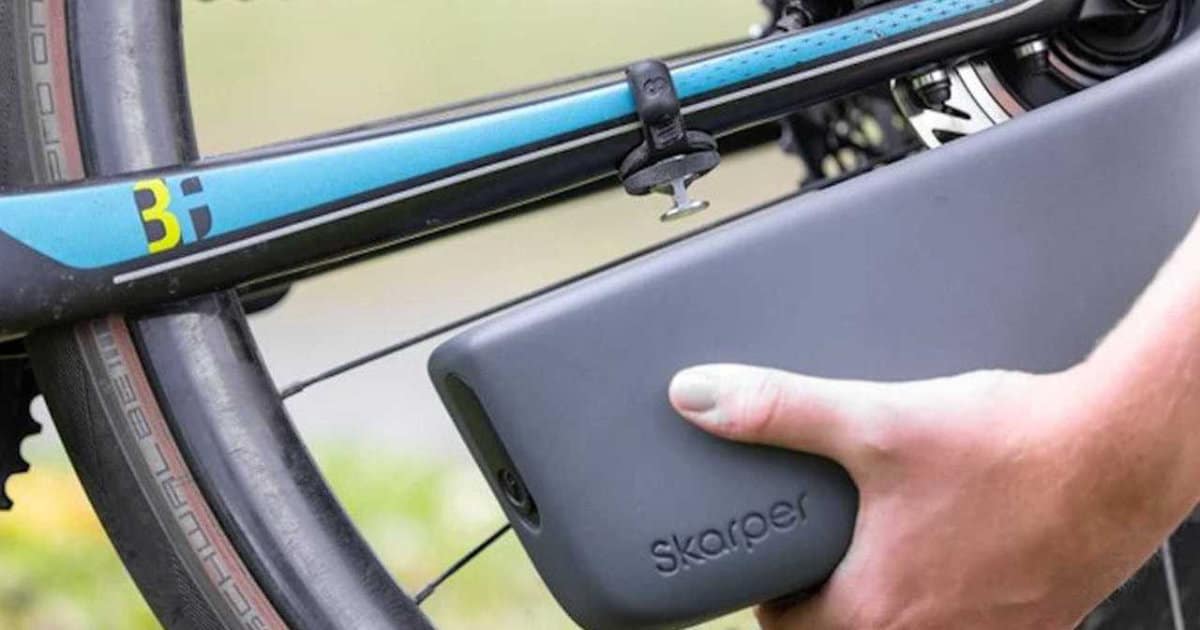
If you’re not ready to invest in an e-bike, a conversion kit might be a good option. These kits contain all the components you need to convert a regular bike into an e-bike. It’s a fun project if you’re technically inclined, and it can also be a good way to dip your toe into the e-bike world.
Conclusion
E-bikes offer an exciting blend of physical activity and mechanized convenience, making cycling more accessible to a broad range of people. Whether you’re considering an e-bike for your commute, for recreational use, or for its environmental benefits, understanding the basics covered in this guide will help you make an informed decision.
Frequently Asked Questions About Electric Bikes
The range of an electric bike, or how far it can travel on a single charge, can vary widely based on a number of factors. These factors include the capacity of the battery, the power of the motor, the weight of the rider, the type of terrain, and the level of pedal assistance used. However, most modern e-bikes can typically travel between 15 to 60 miles on a single charge.
Yes, electric bikes are excellent for exercise. While the electric motor assists with pedaling, riders still get a workout, especially because the assistance can encourage longer rides. Pedal-assist e-bikes require you to pedal to activate the motor, providing a cardio workout comparable to regular cycling. So, you get to exercise while also having the option of assistance when needed.
In most places, you do not need a license to ride an electric bike. However, laws and regulations vary by location. Some regions have restrictions based on the power of the electric motor or the maximum speed of the e-bike. It’s important to check the local laws and regulations in your area to ensure you are using your e-bike legally.
Maintaining an electric bike involves regular checks and servicing, similar to a regular bike. This includes ensuring the tires are properly inflated, the brakes function correctly, and the chain is well-lubricated. Additionally, the battery requires special care – it should be charged regularly and stored in a cool, dry place. It’s recommended to have your e-bike serviced professionally once a year.
Electric Bikes In The News
Rad Power Bikes To Deliver Domino’s Pizza
Rad Power Bikes RadCity
Rad Power Bikes RadWagon
Rad Power Bikes For 2020
Sources
Juiced Bikes: Website
LeMond: Website
Rad Power Bikes: Website
Ride1Up: Website
Riese & Müller: Website


